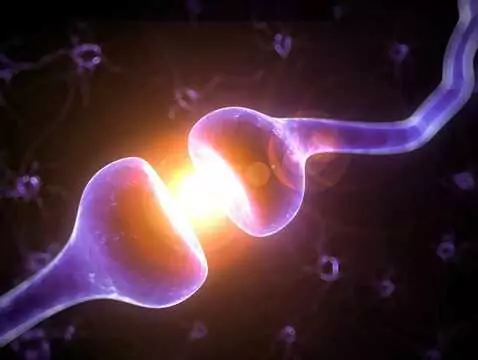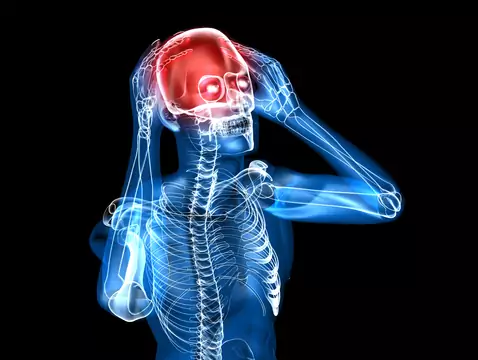Tension-type headache is categorised as a type of spontaneous pain of a non paroxysmal nature. It is one of the most common types of pain. It bears a strong resemblance to what is known as an 'adventurous' or chronic daily onslaught headache.
Tension-type headache is classified as a type of intrinsic pain of a nonparoxysmal nature. It is one of the most common types of pain. It bears a strong resemblance to the so-called 'casual' or chronic daily attacks of headache.
Who is at risk of tension pain?
At present, we have no information on the familial prevalence of this condition, but we do know that women are more commonly affected than men. Tension-type headaches most commonly affect adults, although there are cases in early childhood. It is a disease with an uncharacteristic clinical picture. Painful episodes last from a few hours to seven days, although there are cases where it can last longer and can be agonising every day.
Where does the pain occur?
The clinical picture of tension-type headache includes episodes of dull aching pain of moderate intensity, of a spreading or squeezing character.
It affects the frontal, temporal, parietal or occipital regions (on both sides). The pain tends to increase during the day and is accompanied by symptoms such as aversion to food, nausea, occasional vomiting, photophobia and malaise (irritability to odours).

photo: panthermedia
This is, of course, an individual issue for each patient. Very often, the pain is aggravated by coughing and does not occur during physical exertion. Importantly, there are no symptoms that predict an impending pain attack.









